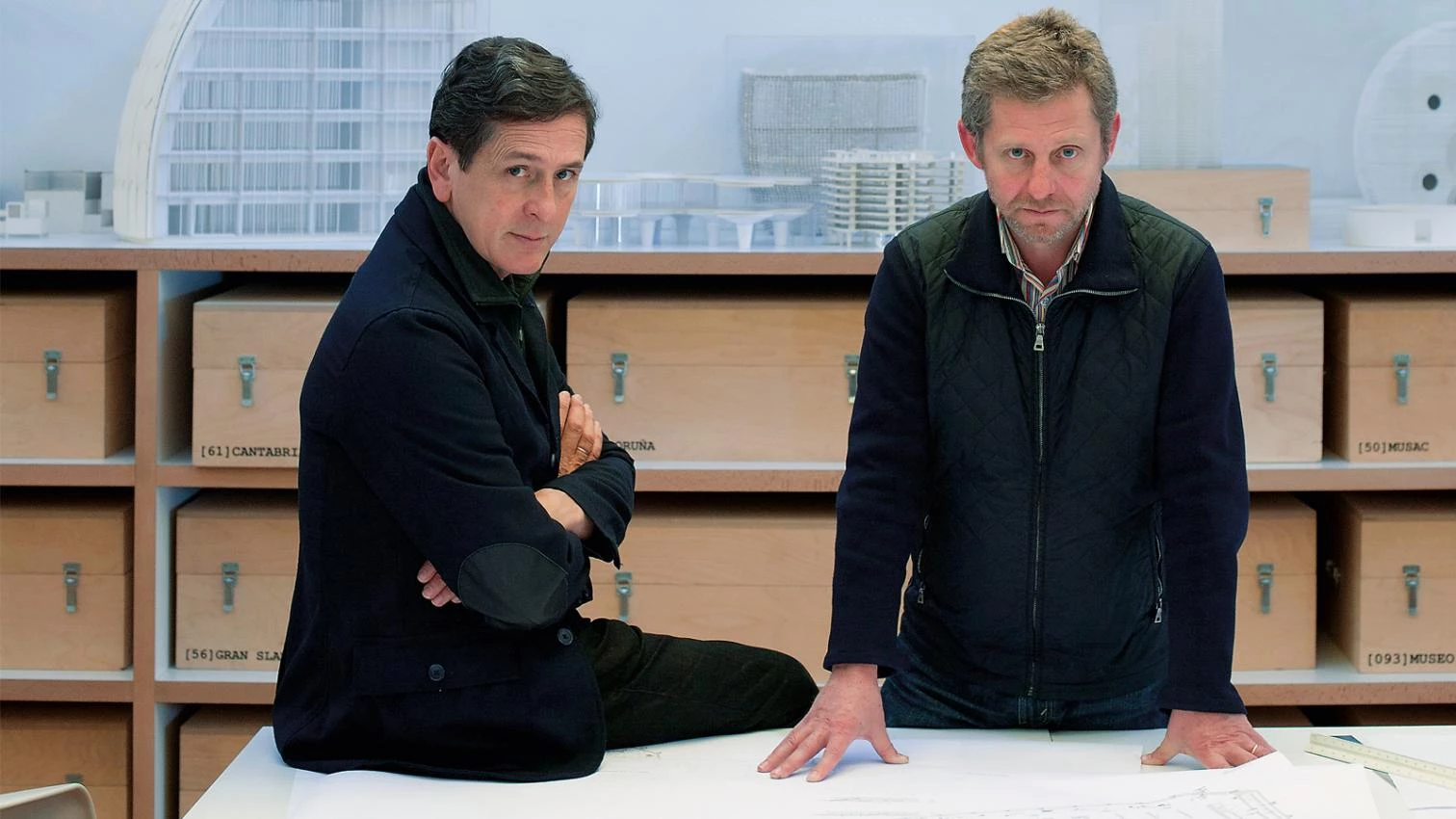Family Forms

Luis Moreno Mansilla and Emilio Tuñón are family men. Trained in the familial studio of Rafael Moneo, in 1992 they established their own with the same domestic atmosphere, and during two decades they have engendered a family of architectural forms as consistent and densely interwoven as their own family relationships, knitting their personal and professional life with the same threads of continuity and commitment. From the initial and initiatory project of Zamora, the architects began a steady journey through a landscape traversed by forking paths, in which they have followed circular itineraries – emblematically abridged in the unique Celtiberian votive stela displayed in their first museum, with two opposite sets of footprints engraved in the stone – that mark their architectural territory with a network of formal links, generating families of projects where each evolves from the previous one.
In this labyrinth of intentions there are paths where frequent treading marks the route better, showing generative relations more clearly. Thus the trail leading from the prism of Zamora to León and Castellón, with a heritage component that becomes more evident in El Águila, Royal Collections, Barrié de la Maza and Atrio, where the muted classicism of the geometric latticeworks sews the old and the new; thus the extendable grid of the MUSAC, which spikes up in Cantabria and Algeciras to be fragmented with strategic intelligence in Toledo, broken up with rules like the Soria dome; equally so in the cellular cluster of Lalín, framed in Helga de Alvear and enclosed in plan or elevation in the monumental landmarks of the Museum of Automotion and the CICCM; and thus lastly in the path of signs festively initiated in the X of Teruel, and that through the star-shaped Sanfermines leads to the faraway Nanjing villa.
These two architects like to chart their formal production with evolutionary diagrams similar to the taxonomic trees that illustrate Darwin’s theories, often used to document the transformation of tools or architectures, in the tradition of Henri Focillon’s The Life of Forms or of George Kubler’s The Shape of Time. These analytical tools allow to present the collections of objects produced by the design activity of their authors in a chronological sequence, and to establish between buildings generative relationships that go beyond mere resemblance, because they suggest a cumulative learning process that permits transferring experiences by adapting them to new contexts and programs. The result of all this is a happy explosion of architectural organisms that multiply to take up new intellectual and emotional niches: exhibiting the richness of their biodiversity, but without giving up their close family ties.
Luis Fernández-Galiano





